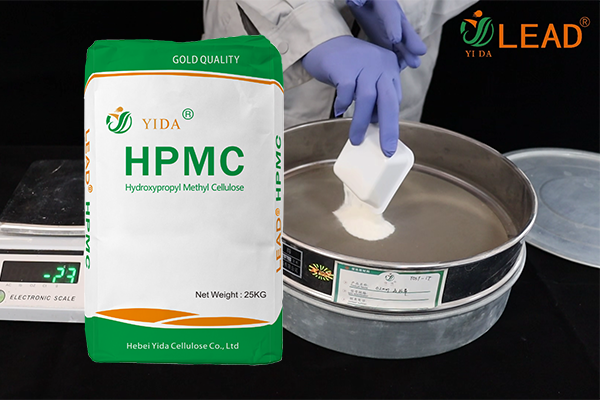Hydroxypropyl Methyl Cellulose (HPMC) is a non-ionic, water-soluble cellulose ether derived from natural cellulose. This compound is extensively used across various industries due to its multifunctional properties. HPMC hydroxypropyl methyl cellulose is recognized for its high water retention capabilities, excellent film-forming properties, and resistance to oils, fats, and solvents. Additionally, it exhibits superior thickening, emulsifying, and stabilizing properties, which contribute to its versatility. The chemical structure of HPMC includes methoxy and hydroxypropyl groups attached to the cellulose backbone, which significantly influences its solubility, viscosity, and functionality. Available in different grades, HPMC is tailored to meet specific industry needs, enhancing performance in diverse applications.

HPMC hydroxypropyl methyl cellulose plays a crucial role in the construction industry, particularly in building materials. Its excellent water retention properties make it an indispensable component in cement-based products such as tile adhesives, mortars, and plasters. By retaining water, HPMC ensures proper hydration of the cement, improving workability and enhancing the strength and durability of the finished product. Additionally, its thickening properties contribute to the ease of application, providing a smooth and uniform consistency to building materials. HPMC also improves adhesion and reduces sagging, which is vital for vertical applications like tiling and plastering. The compound's ability to form films further aids in preventing cracking and shrinking, ensuring the longevity and quality of the construction work.
To ensure the quality and effectiveness of HPMC hydroxypropyl methyl cellulose, several conventional parameter experiments are conducted. These experiments include:
Viscosity Measurement: The viscosity of HPMC solutions is measured using viscometers to determine the compound's thickening ability, which is crucial for its application in various industries.
Water Retention Test: This test evaluates the water retention capacity of HPMC, which is essential for its role in cement-based products. High water retention ensures proper hydration and enhances the performance of the materials.
pH Value Test: The pH of HPMC solutions is measured to ensure it is within the desired range for specific applications. The pH value can influence the stability and performance of HPMC in formulations.
Particle Size Distribution: Analyzing the particle size distribution helps in understanding the dispersion and solubility characteristics of HPMC, affecting its overall performance in different applications.
Gel Temperature Test: This test determines the temperature at which HPMC forms a gel, which is crucial for applications requiring thermal stability and gelation properties.
These tests help manufacturers ensure that HPMC meets the required specifications and performs optimally in its intended applications.
When purchasing HPMC hydroxypropyl methyl cellulose, several precautions should be taken to ensure the quality and suitability of the product for your specific needs. Firstly, it is important to verify the supplier's credibility and reputation in the market. Opt for suppliers with a proven track record and certifications that guarantee the quality and consistency of their products. Secondly, request detailed technical specifications and parameter test results to ensure the HPMC grade matches your application requirements. Thirdly, consider the packaging and storage conditions. HPMC should be stored in a cool, dry place to prevent moisture absorption and degradation of its properties. Lastly, conduct a small-scale trial before large-scale application to ensure compatibility and performance in your specific formulation or process. By taking these precautions, you can ensure that you purchase high-quality HPMC hydroxypropyl methyl cellulose that meets your needs.
| Parameter | Description |
|---|---|
| Viscosity | Measurement of the thickening ability of HPMC |
| Water Retention | Capacity to retain water in cement-based products |
| pH Value | Measure of acidity or alkalinity of HPMC solutions |
| Particle Size Distribution | Analysis of particle sizes for dispersion and solubility |
| Gel Temperature | Temperature at which HPMC forms a gel |
In conclusion, HPMC hydroxypropyl methyl cellulose is a highly versatile compound with significant applications in the building materials industry. Understanding its characteristics, applications, and quality parameters can help ensure its optimal performance in various formulations. Taking the necessary precautions when purchasing HPMC can further guarantee the quality and effectiveness of this essential material.
Contact us get free HPMC samples
Previous: What are the main characters and applications of HEC?
Next: Hebei Yida cellulose participated in the 15th Water Reducer Raw Materials Market Summit 2024
Copyright:@2020-2021
Comments Please sign in or sign up to post.
0
0 of 500 characters used